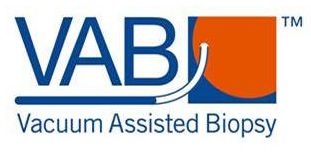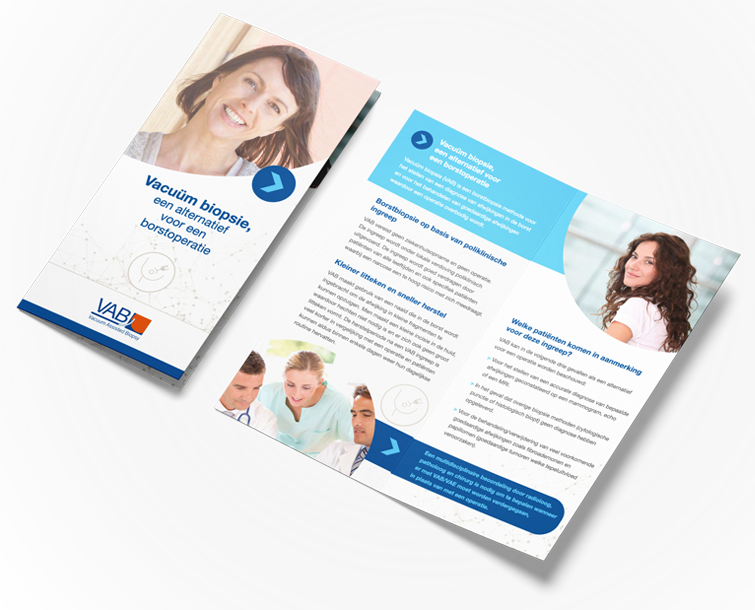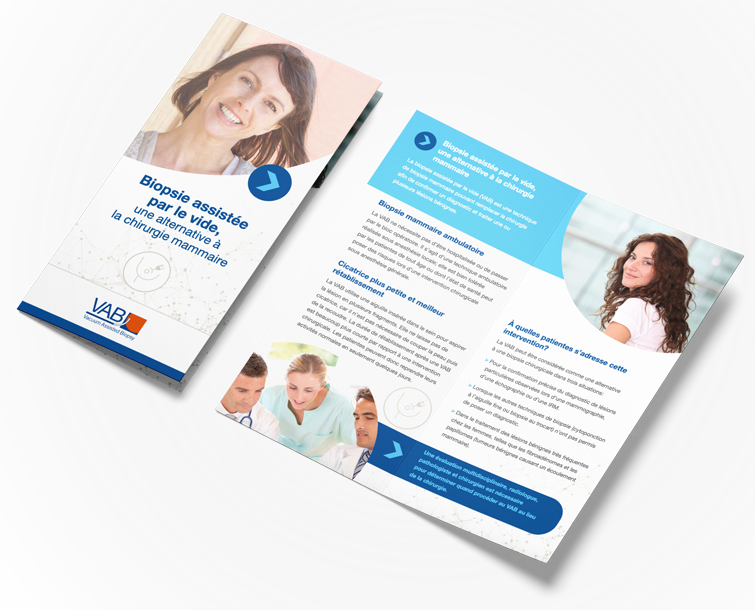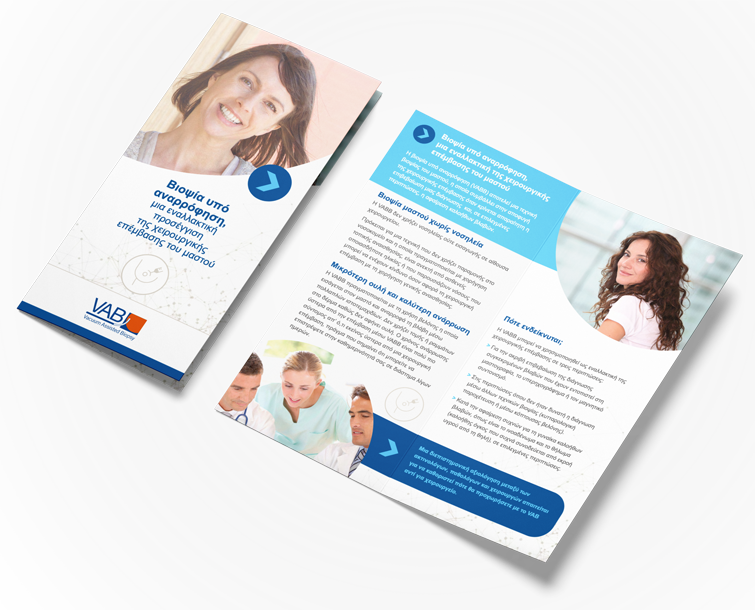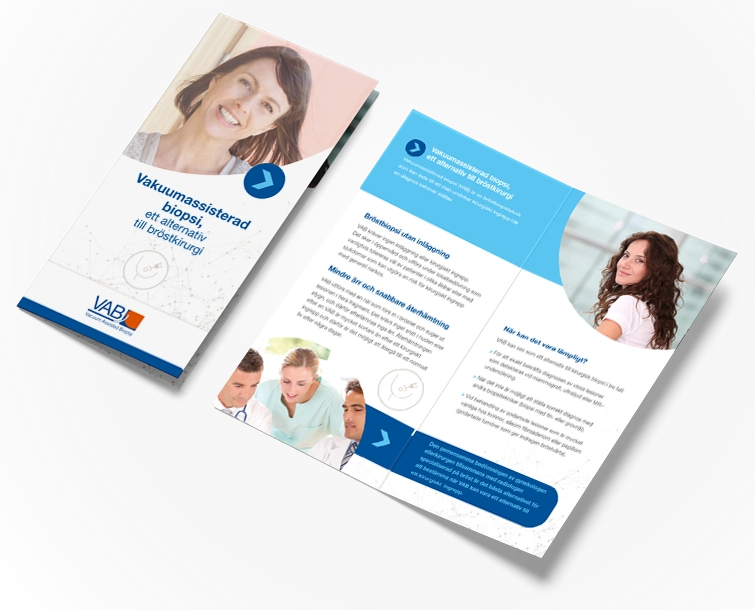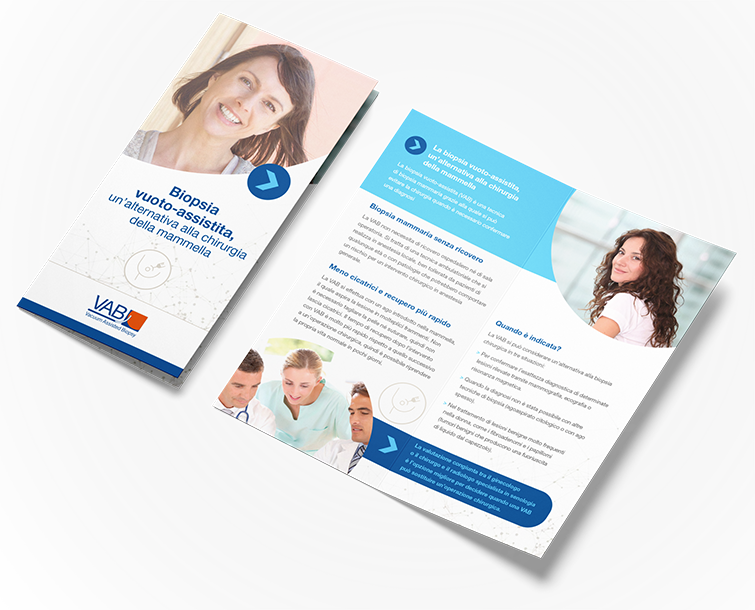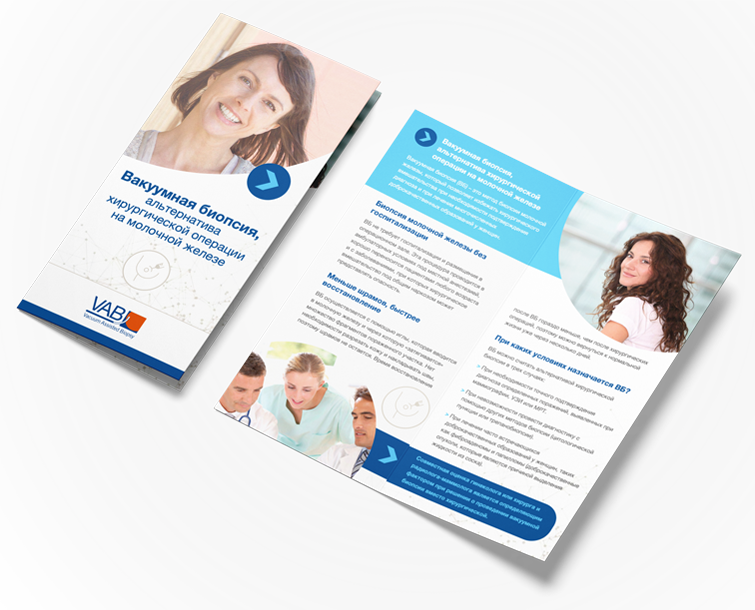 If you have found a breast lump through self examination, or have been told by a doctor that you have a shadow on your routine mammography screening you may require a breast biopsy. Of course, further tests such as a second mammogram or a breast ultrasound (imaging tests) will be carried out to fully discover the extent of your condition. However, if any of these tests show that the structure or appearance of the breast lump could potentially be cancerous, a biopsy will be requested to confirm whether or not there are cancerous cells. This can be a daunting prospect, but we hope to give you more of an insight here into what you can expect after a breast biopsy.
If you have found a breast lump through self examination, or have been told by a doctor that you have a shadow on your routine mammography screening you may require a breast biopsy. Of course, further tests such as a second mammogram or a breast ultrasound (imaging tests) will be carried out to fully discover the extent of your condition. However, if any of these tests show that the structure or appearance of the breast lump could potentially be cancerous, a biopsy will be requested to confirm whether or not there are cancerous cells. This can be a daunting prospect, but we hope to give you more of an insight here into what you can expect after a breast biopsy.
What is a breast biopsy?
A breast biopsy is carried out to obtain a sample of material from the breast to check for cancer cells. For most women (around four out of five) the results are not cancer. There are several different types of biopsy available, however the one the doctor recommends may depend upon what the lump looks like when imaging tests are carried out and its size and or position within your breast.
A breast biopsy can be obtained using a fine needle to withdraw some fluid from the breast, a core needle, a vacuum assisted hollow needle, or open surgery. Ultrasound, MRI or x-ray and computer imaging are often used to guide the doctor while they take the sample. If the lump is close to the skin and can be easily felt imaging guidance may not be needed. A surgical biopsy is usually chosen if there is a fairly high chance the lump is cancer or if the lump is in an area that cannot easily be reached with a biopsy needle. A small marker may be left inside the breast at the time of the hollow needle or surgical biopsy, so that the doctor can see where the sample was taken from in case follow up is treatment is needed.
How accurate are biopsy results?
Open surgery and core-needle biopsy have a similar high level of accuracy for detecting cancer. At least 98% of cancers are correctly identified with open surgery biopsy and 97-99% of cancers are detected with core-needle biopsy depending on the method used.1
What are the side effects?
Common side effects include bruising, bleeding and mild pain. Serious side effects are rare with less than 2 in 100 women who have core biopsies experiencing severe bruising, bleeding or infection.1 Most women do not experience any significant pain after a biopsy and usually do not require a prescription for pain medication.1 If you do however require painkillers after a biopsy procedure avoid aspirin, as this can potentially worsen bruising.
What happens after the biopsy?
After a core needle or VABB biopsy a dressing is applied, and you will be advised to press this area for up to 60 minutes to help reduce the risk of bleeding and bruising.2 The dressing should be left in place for at least 24 hours. You should wear a firm bra for the next couple of days and nights after the procedure as this will help the healing process. Do not worry about the procedure’s impact on your everyday activities, however avoid any vigorous exercise for the first couple of days. Bruising after the biopsy is normal and will fade within a few days and then disappear completely; just like any other bruise.
.
It’s normal worry about your procedure, with many women saying that they find any type of biopsy somewhat physically or mentally stressful.2 However, studies have shown that many prefer VABB to surgical biopsies2, and 97% are happy with how their breast looks after the biopsy site has healed.2
When can I expect my results?
After your biopsy the breast material sampled is sent to a pathologist. A pathologist is a doctor who is trained to examine samples from the body under a microscope and detect abnormal or cancerous cells. The pathologist will write up their findings and send this report to your doctor that carried out the biopsy. It is important to remain patient after your biopsy as the results of the biopsy can take 1-2 weeks. After receiving your results, your doctor will usually get in touch to arrange a follow up appointment to explain what your next steps might be. If you feel you need support on the day, bring a friend or relative with you — a friendly face can make all the difference.
The biopsy result is part of a triple assessment of the breast lump or mammography changes. As well as the biopsy, a clinical assessment by your doctor and the pictures from the ultrasound, mammogram or other imaging tests are used to agree a diagnosis. Sometimes the results of the triple assessment may not be in agreement and further test may be needed to get a definite diagnosis.
Follow up after the biopsy will depend on the result. Complex cysts need follow up, usually within 3-6 months, a repeat mammogram or a biopsy may be carried out. Other findings such as atypical ductal or lobular hyperplasia, and ductal or lobular carcinoma in situ (DCIS or LCIS) are called premalignant findings: not yet cancer but at risk of developing into cancer. Further treatment and follow up to exclude cancer in the other cells and remove the risk of cancer developing will be required. If the lump is cancerous the pathology report will provide further information about how fast the cancer is growing (the grade), the type of cancer, and also if it is sensitive to certain hormones in the body. Following this your healthcare team will explain the treatment options and give you access specialist nurses who will be able to help and support you.
Even a result that shows no cancer and no current risk of cancer can leave you feeling anxious. Talking with the health care team about your feelings is important, as they will be able to offer support and reassurance. Being breast aware and, if you are over 50, regularly attending breast screening appointments will help ensure any future changes are detected and managed quickly. For more information on benign lumps, and breast biopsies take a look around our website.
References
- Agency for Healthcare Research and Quality (AHRQ) May 2016 Having a Breast Biopsy. A Review of the Research for Women and Their Families accessed 25/02/2017 @ https://effectivehealthcare.ahrq.giv/ehc/producrs/543/2234/breast-biopsy-update-160524.pdf
- Eller A., Janka R., and Lux M., et al. 2014 Stereotactic Vacuum-assisted breast biopsy (VABB) – A patients’ survey. Anticancer Research 34,7, pp. 3831-3837.
